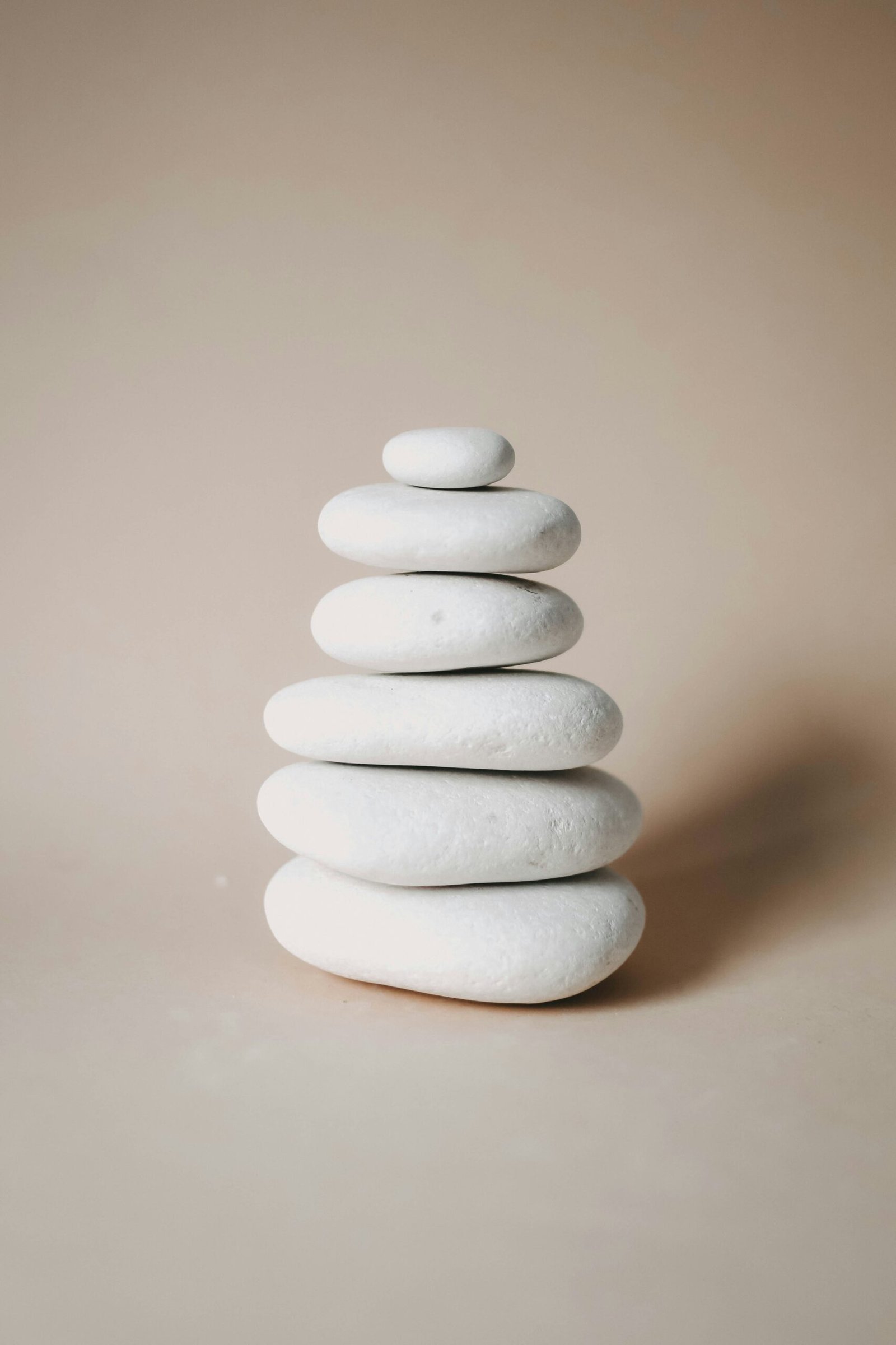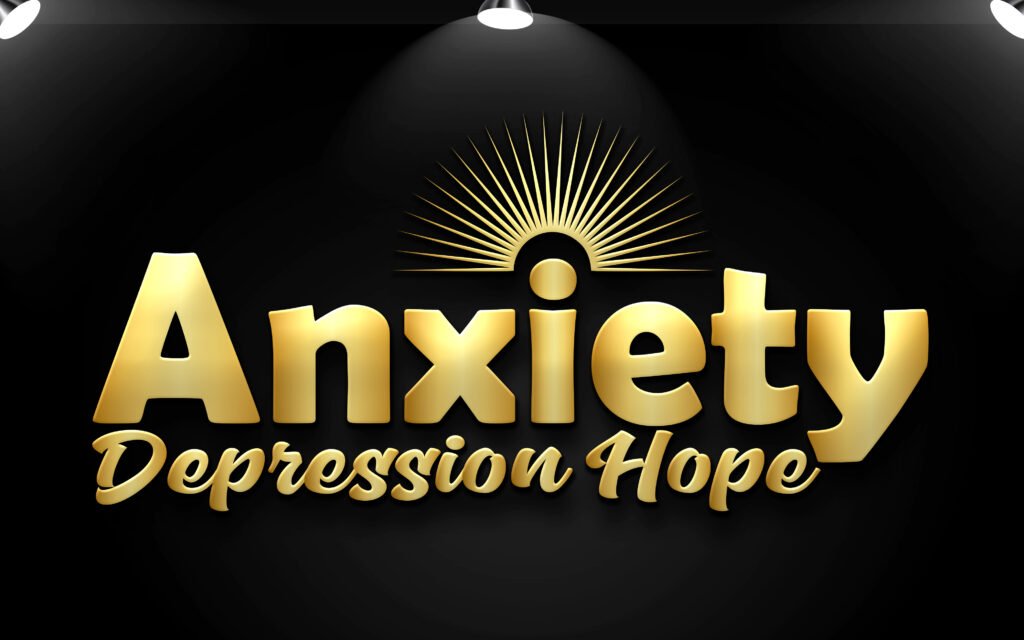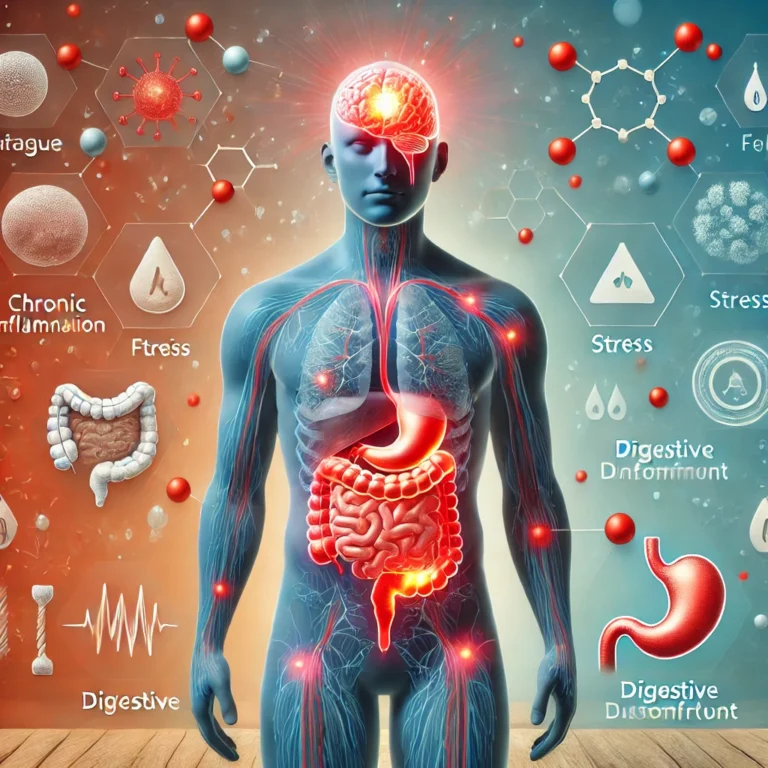Could a Pill Replace Meditation?

What is the ‘Yoga Pill’?
The ‘Yoga Pill’ is an innovative concept that has emerged from ongoing research in the fields of neuroscience and psychopharmacology. This experimental treatment aims to replicate the calming effects associated with traditional practices such as yoga and meditation, providing a potential alternative for individuals seeking relaxation and anxiety relief without the need for extensive practice or commitment. At the core of its design is a focus on the brain’s GABA (gamma-aminobutyric acid) receptors, which are instrumental in promoting a sense of well-being and tranquility.
GABA is a crucial neurotransmitter in the human brain that functions primarily as an inhibitory signal within the nervous system. By binding to GABA receptors, this neurotransmitter helps to balance excitatory impulses and facilitate relaxation. When GABA levels are optimal, individuals often experience reduced anxiety, improved mood, and an overall feeling of calmness. The Yoga Pill is formulated to enhance the effects of GABA by selectively targeting these receptors, mimicking the experience of deep relaxation gained through meditation or yoga practices.
This targeted approach involves the use of compounds that may increase GABA receptor activity, leading to a pronounced impact on the brain’s ability to manage stress. As a result, users of the Yoga Pill may discover newfound calmness and a reduction in anxiety levels, akin to the mental benefits derived from regular yoga sessions. While this concept offers promising avenues for those struggling with anxiety or stress, further research is necessary to fully assess its efficacy and long-term implications. The Yoga Pill is still in its experimental stages, appealing to those who may benefit from a pharmacological support to traditional relaxation methods.
Why It’s Relevant to Modern Health
The rising prevalence of mental health challenges in contemporary society underscores the importance of exploring innovative solutions that can cater to diverse needs. Amidst this landscape, the Yoga Pill emerges as a compelling proposition for individuals who face barriers to traditional mental wellness practices, such as yoga and meditation. Many people experience limitations due to physical injuries, disabilities, or other health conditions that prevent them from participating in regular yoga sessions, which has been celebrated for its myriad benefits in reducing anxiety and enhancing emotional well-being.
Moreover, the practice of meditation, although widely recognized for its calming effects, can be daunting for those who find it difficult to quiet their minds. This struggle can discourage individuals from pursuing meditation, leaving them without essential coping mechanisms for stress and anxiety management. In this context, the Yoga Pill presents an alternative that does not hinge on physical capability or the mastery of meditative techniques. By offering a method to experience the tranquil effects traditionally associated with yoga and meditation, it can serve as an effective tool for many.
Given the demands of modern life and the increasing number of individuals grappling with mental health issues, the Yoga Pill could provide an accessible solution, catering to those who might otherwise be excluded from these beneficial practices. The integration of the Yoga Pill into mental health management strategies emphasizes the need for versatility in wellness solutions, recognizing that one size does not fit all in the journey towards mental wellness. Ultimately, this innovative approach holds promise for improving mental health outcomes for a broad spectrum of individuals, enabling them to foster emotional resilience and well-being without the physical strain associated with traditional methods.
How the Yoga Pill Works
The Yoga Pill operates primarily by enhancing the activity of gamma-aminobutyric acid (GABA) within the brain. GABA is a neurotransmitter that plays a crucial role in reducing neuronal excitability throughout the nervous system. When the Yoga Pill is consumed, its active ingredients promote an increase in GABA levels, leading to a more tranquil state of mind, akin to the feelings experienced during yoga or meditation.
To understand the mechanism of action of the Yoga Pill, it is essential to consider the neural network representation of brain activity. In a calm state, there is a significant reduction in the firing of neurons associated with stress and anxiety. The augmented GABA activity facilitates this calming effect by inhibiting excessive neural activity, thereby allowing the brain to enter a relaxed state. This neurochemical activity can be visualized as a gentle wave washing over a previously agitated sea of thoughts, fostering a sense of peace and clarity.
Studies have shown that increased GABA levels can alleviate symptoms of anxiety and stress while promoting relaxation. The calming effect of GABA is particularly beneficial for individuals struggling to find the time or space to meditate or practice yoga regularly. By mimicking the physiological responses typically induced by these practices, the Yoga Pill appears to offer a practical alternative for those seeking similar benefits without the time commitment required for traditional mindfulness activities.
In summary, the Yoga Pill works by enhancing GABA’s function in the brain, creating an environment conducive to relaxation. Its ability to promote calmness provides a compelling option for individuals looking to harness the tranquil effects of meditation or yoga in a convenient, pill form.
The Future of Anxiety Treatment
The emergence of the Yoga Pill represents a significant shift in the landscape of anxiety treatment, particularly regarding accessibility. Traditional methods, such as meditation and yoga, while beneficial, often require a certain level of practice and commitment that may feel daunting for some individuals experiencing anxiety. The Yoga Pill, by contrast, aims to democratize relaxation techniques, providing a potential solution for those who might feel excluded from these practices due to time constraints, physical limitations, or a lack of guidance.
As we consider the future of anxiety treatment, the integration of pharmacological alternatives such as the Yoga Pill opens the door to new therapeutic opportunities. For individuals who struggle to engage with conventional practices, this innovative approach could serve as a bridge, allowing them to experience the benefits of relaxation without the challenges that accompany traditional methods. By potentially enhancing accessibility, the Yoga Pill may encourage broader participation in anxiety management, which is essential in a society where mental health issues are increasingly prevalent.
Furthermore, ongoing research in this field holds promise for the development of complementary therapies that may work in tandem with the Yoga Pill. These therapies could enhance overall mental health by addressing the multifaceted nature of anxiety and its triggers. By combining pharmacological approaches with behavioral techniques, clinicians could offer more holistic treatment options, catering to diverse individual needs.
In conclusion, the Yoga Pill could play a pivotal role in shaping the future of anxiety treatment, making relaxation techniques more attainable for many. As research progresses and new therapies emerge, the potential for improved mental health outcomes seems promising, encouraging a wider audience to explore effective strategies for anxiety relief. The evolving landscape of mental health treatments offers hope for those seeking support in their journey towards greater well-being.






